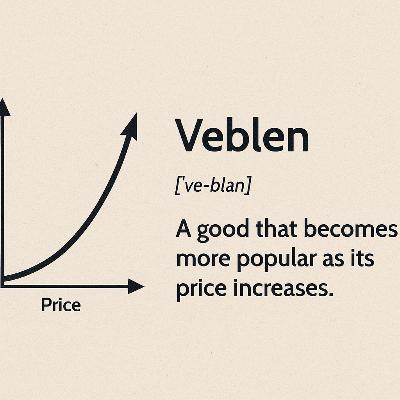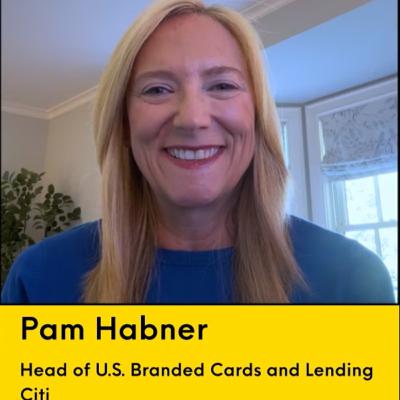The Veblen Card(s)
Description
The New Math of Exclusivity: Why We Pay for Prestige
This section breaks down the consumer psychology and market trends that make a $795 annual fee not only palatable but also desirable. It’s less about the math and more about the meaning.
● Credit Cards as Veblen Goods: The core principle is that for certain goods, demand increases as the price rises. The high annual fee isn't a bug; it's a feature. It signals exclusivity,quality, and status. The price tag itself becomes part of the product's value proposition.
● The Psychology of the "Coupon Book": Consumers arewilling to pay high fees if they believe they can "beat the system." The complex web of credits ($300 for travel, $189 for CLEAR, etc.) transforms the fee into a challenge. For many, the satisfaction of optimizing perks to offset the cost provides a psychological win that transcends the actual dollar value.
● The Rise of the Experience Economy: Younger, affluentconsumers, particularly Millennials and Gen Z, increasingly prioritize spending on experiences over material goods. Card issuers have become brilliant aggregators of these experiences, bundling travel access, dining perks, andwellness benefits into a single, aspirational product.
● Identity as a Benefit: In a world where every perk can be copied, the brand itself becomes the key differentiator. Owning a Sapphire Reserve or Amex Platinum isn't just about travel; it's about signaling a certain lifestyle and identity. The card is a membership card to a club of savvy, affluent individuals.
The Titans of T&E: A Luxury Brand Playbook
The strategies employed by Chase, Amex, and now Capital One are directly lifted from the playbooks of the world's most successful luxury houses. Understanding these analogies reveals their long-term game.
● Chase as LVMH: Chase is the master of the brand portfolio. Just as LVMH owns everything from Tiffany & Co. to Louis Vuitton, Chase has a card for every consumer (Freedom, Slate, Ink). Their strategy is to acquire customers at all levels and systematically move them up the value chain, with the Sapphire Reserve as their flagship, aspirational product.
● American Express as Hermès: Amex is the heritage brand. Like Hermès with its iconic Birkin bag, Amex cultivates an aura of extreme exclusivity with its Centurion (Black) Card. This creates a powerful halo effect, making their more accessible products (like the Platinum and Gold cards) highly desirable symbols of taste and status.
● Capital One as Apple: Capital One is the design and tech-driven disruptor. Like Apple, which fundamentally redefined personal electronics through an obsessive focus on a seamless user experience, Capital One is leveraging its tech DNA to challenge the legacy players. Their move into the premium space with the Venture X is less about old-world prestige and more about intuitive design and a brilliantly simple interface. They are capturing the "hidden affluent" who value smart, elegant functionality over traditional statussymbols.How Black Swan Data Can Help?That’s why we’re expanding what Comperemedia can offer. Through our acquisition of Black Swan Data, we can now help you decode not just what your audience is doing, but what they’re about to do.
Whether you're targeting high-net-worth individuals, Gen Z creators, small business owners, or mass affluent families, we can help predict the next desire curve before it forms.
What’s emerging, what’s accelerating, what’s about to tip?We can help you anticipate it and tailor your proposition accordingly.
If you're curious about what this could mean for your audience, reach out and let’s explore it together.
























